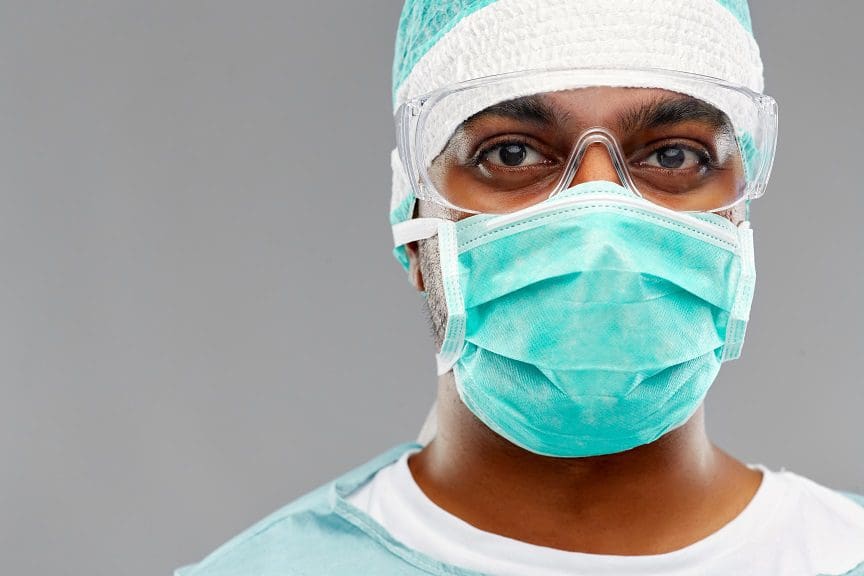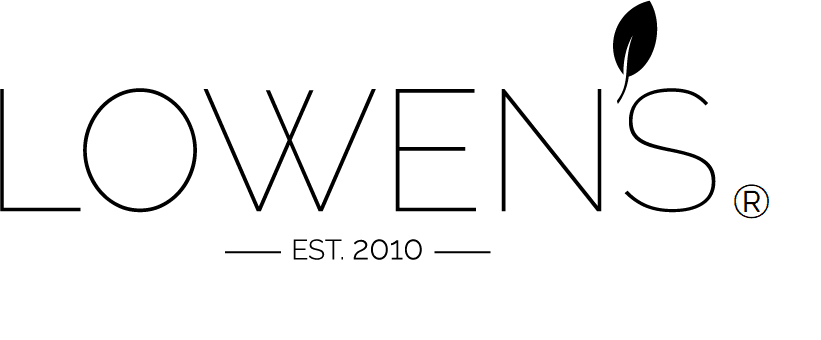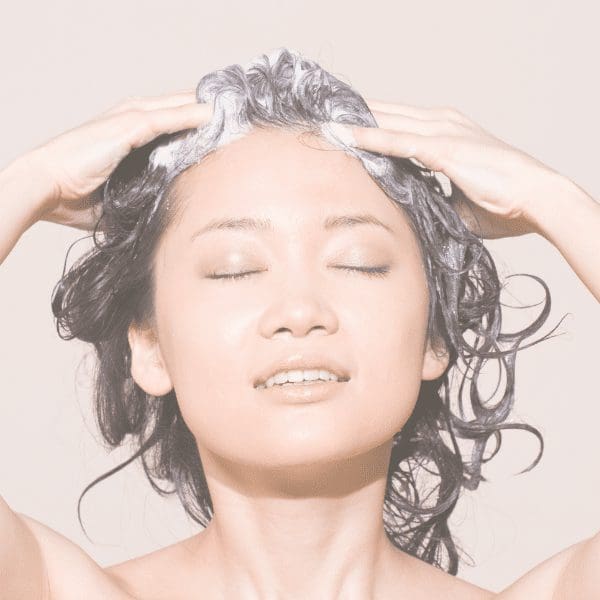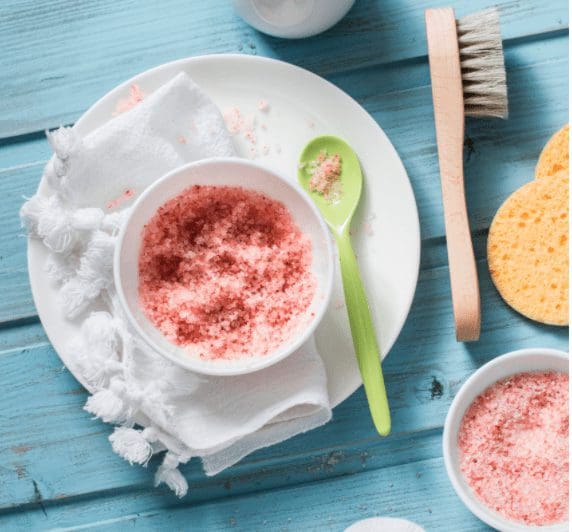When it comes to hair care, you just can’t compromise. Hair will exposed to dust…

How to take care of your skin while wearing a face mask
How to take care of your skin while wearing a protective face mask
We live in very interesting times. I think we can all agree that 2020 was a year like no other. Who would have thought that a face mask would be obligatory to run an errand? Owing to the pandemic, humanity was shaken to its core and many areas of the world were brought to a standstill, at least initially. Our very existence continues to be threatened but this new disease and its associated variants. As 2021 unfolds, we hope the effects of the virus will be less severe. We all look forward to the year being more favorable than 2020 was, despite viral mutations.
On the frontlines of this global battle, are our superheroes of unmatched valor. Heroes with no supernatural powers other than otherworldly tenacity and stamina. Ordinary people with ordinary lives, yet on whose collective skills solely lies the fate of the entire world. Clad in their humble “pajamas” like scrubs and pairs of sneakers with no cape at all, are our health care workers.
Thanks to them, we stand a chance of seeing light at the end of the tunnel, as grim as things are. But being at the frontline comes with its own challenges, drawbacks and hurdles. To put a finer point to it. wearing Personal Protective Equipment such as face masks for prolonged periods of time takes their toll…
Face mask can cause skin problems
Before 2020 only a handful of people in very few industries wore face masks. Even then, face masks were only won for short periods of time or in designated areas (e.g. surgical suites), but not for the entire day. The resulting effect of long hours of masking is the flare-up of skin conditions.
So now most people and especially healthcare workers are experiencing dryness, “maskne” (or mask-related acne, formerly known as acne mechanica) breakouts, hyperpigmentation and redness just to name a few.

On top of that, face masks also trap bacteria, oils and other debris which then create the perfect environment for breakouts to occur. Irritant contact dermatitis is another cause of breakouts, redness and itchiness while wearing face masks. As the name suggests, this type of dermatitis occurs when certain materials or components make contact with the skin.
In this case it could be the fabric used to make the mask as well as other materials in it. So how do you prevent or reduce face mask skin problems? Well, here are a few tips:
Cleanse your face
First things first. You want to wash your face prior to and after wearing a face mask, that is after first washing your hands after removal (or “doffing”). Second, you need to implement a morning and evening skincare routine. Next, you should cleanse your face daily. However, if you have sensitive skin, start small and instead use a cleanser 1-3 times a week.
Make sure to use natural and fragrance-free cleansers. They tend to be milder and gentler on your skin, not to mention biodegradable. We recommend our very own Get Buff! Vegan Exfoliating Facial Cleanser. Check out more cleansers here.
Moisturize your face

If you are experiencing dryness, hydrate your skin with a moisturizer. This should be done after cleansing. Moisturizing helps prevent breakouts. It also creates a safety barrier that protects your skin from mask-
induced irritation. Remember to always apply your moisturizer before wearing a mask and after removing it.
We recommend our highly coveted moisturizer In Yo Face! Natural, Vegan BB Cream. You are guaranteed to get the best results with this one. It’s rich in essential vitamins and contains Hyaluronic Acid, one of the best hydrating agents out there. To learn more about our moisturizing products, click here.
Wear cotton masks
Wear masks that are made out of natural fabrics such as 100% cotton. They retain way less heat and are gentle on the skin. On the other hand, synthetic materials such as nylon and polyester cause irritations, especially if you have sensitive skin.
Apart from that, materials present in those synthetic masks could also lead to yeast overgrowth and allergic or irritation dermatitis as mentioned earlier. Don’t forget to keep your mask clean. Wash it regularly because it helps remove the dead skin cells and oils collected during the day.
Avoid wearing makeup
If you can, it’s best you skip wearing makeup if you are going to wear a mask for the whole day. The reason being the occlusive environment created by your mask can clog your pores and lead to

breakouts. However, if you cannot refrain from makeup, try adjusting your beauty routine and only use what’s necessary. Stick to the bare minimum and always go for non-comedogenic products.
Take care of your lips
Dryness caused by your mask will most certainly affect your skin. It however won’t spare your lips. To help relieve and prevent chapped lips, apply lip balm. It’ll not only keep your lips moisturized, but it’ll also soften and scent them. Lucky for you, we have an assortment of lip balms you can choose from. The good part is they’re all made using natural products.
In closing
Masks have become a part of our everyday lives, not to mention wardrobes. To most of us and especially frontline workers, wearing a mask has become second nature. While masks play a significant role in slowing the spread of COVID-19, they unfortunately also impact our skins and lead to certain conditions.
But worry not because those conditions can be controlled, and eradicated by using the right products. Lastly, remember to take short mask breaks of about 15 minutes between your shifts. Allow some fresh air to flow through your face. However, make sure you are in an open space such as your car and always maintain social distance.


